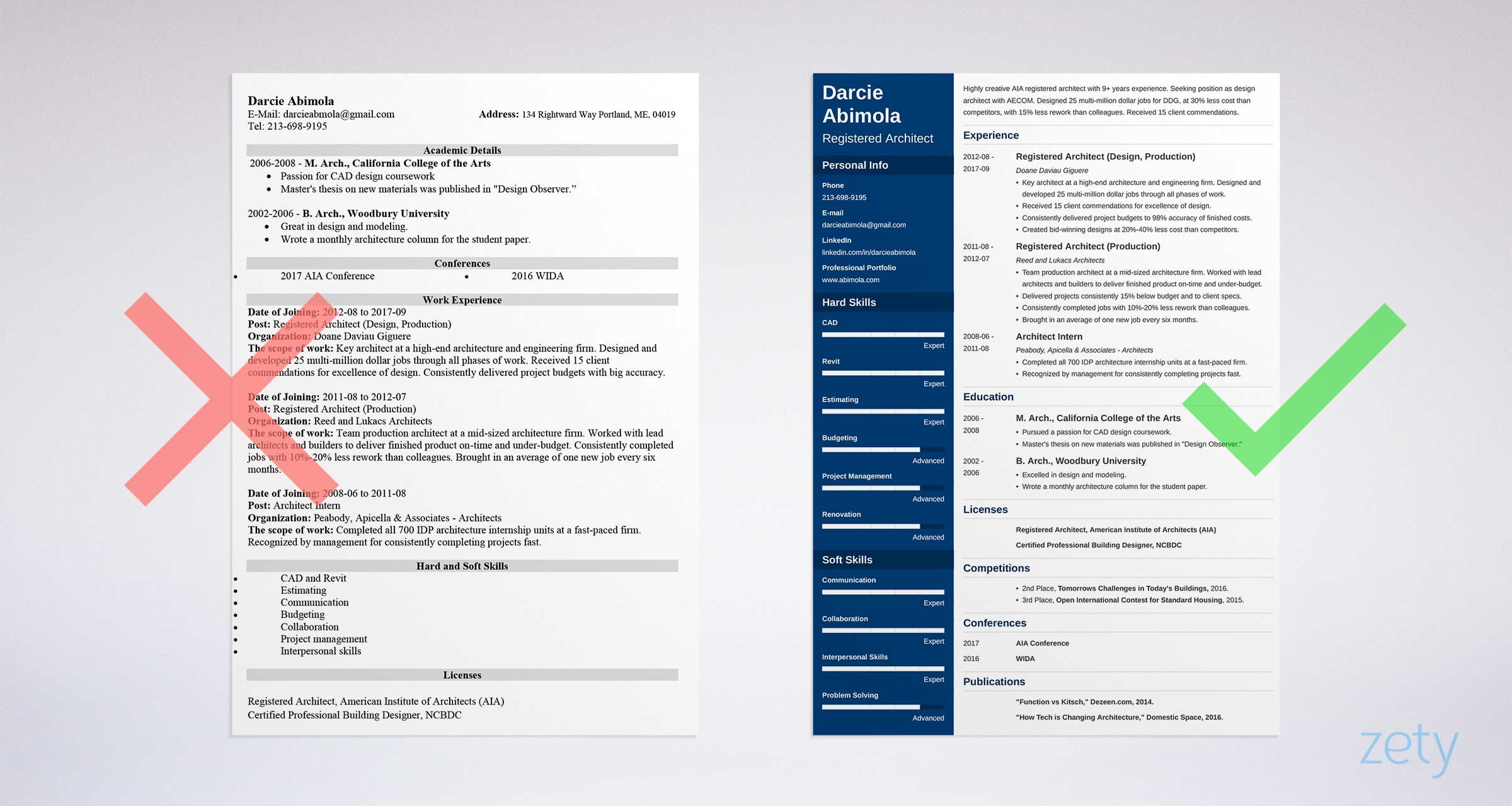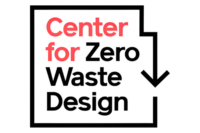- Home
- Articles
- Architectural Portfolio
- Architectral Presentation
- Inspirational Stories
- Architecture News
- Visualization
- BIM Industry
- Facade Design
- Parametric Design
- Career
- Landscape Architecture
- Construction
- Artificial Intelligence
- Sketching
- Design Softwares
- Diagrams
- Writing
- Architectural Tips
- Sustainability
- Courses
- Concept
- Technology
- History & Heritage
- Future of Architecture
- Guides & How-To
- Art & Culture
- Projects
- Interior Design
- Competitions
- Jobs
- Store
- Tools
- More
- Home
- Articles
- Architectural Portfolio
- Architectral Presentation
- Inspirational Stories
- Architecture News
- Visualization
- BIM Industry
- Facade Design
- Parametric Design
- Career
- Landscape Architecture
- Construction
- Artificial Intelligence
- Sketching
- Design Softwares
- Diagrams
- Writing
- Architectural Tips
- Sustainability
- Courses
- Concept
- Technology
- History & Heritage
- Future of Architecture
- Guides & How-To
- Art & Culture
- Projects
- Interior Design
- Competitions
- Jobs
- Store
- Tools
- More
How to Create an Effective Architectural Portfolio?

A portfolio is an organized collection of your best work that showcases your skills, capabilities, and accomplishments, especially in a creative field such as architecture where it becomes a requirement and has to be well designed to be able to satisfy the client/firm. Here is the step-by-step guide to creating an effective architectural portfolio with the best quality.
Table of Contents
ToggleSTEP 1: Identify your WHY

Why do you need a portfolio? It may seem to be a simple question. But the reason you need to create a portfolio is probably the first and the most important question you must understand above all. The first step in creating not an effective but a portfolio itself is questioning its purpose. The purpose may be applying to a job, changing jobs, or integrating to your LinkedIn profile. But, not defining the purpose makes your portfolio disjointed and clumsy.
STEP 2: Research for examples

Once you are clear with your purpose, the next step is to search for the examples that suit your intent. Issuu is an online publication platform that has a database of portfolios, magazines, and other publications. You can easily perform a search for “architecture portfolio” and come up with portfolios that match your intent. You can also search for examples on platforms such as Behance, Linkedin, and also books and magazines.
STEP 3: Choose your projects
After skimming through the examples, gather all your projects and choose the types of projects you have to present. Ideally, you would present the projects that best represent your intentions. The projects should be the best projects of yours, that represent your skillset and ideology. And you may also choose the projects which show your identity and interests. Your portfolio should represent who you are.
STEP 4: Decide the theme of the portfolio
The next step is to choose the tone and theme that suits your chosen projects. Determine the page size according to the content. Rectangular portfolios are often preferred as it takes both vertical and horizontal orientations. You shall take advantage of the portfolio shape to emphasize the proportion of the work. Also decide the color scheme and composition of the portfolio, so that it is followed throughout.
STEP 5: Create a narrative

You have to narrate a story of yourself through your portfolio. How could you do that? Regardless of several projects you have, there will be one that stands out of all. That should be the first project of your narrative. Always start with your star project. Then, present other projects and conclude with the projects that represent your interests. (Eg. Architectural photography, Architectural writing, etc.)
STEP 6: Understand the importance of composition

Creating the narrative does not end in arriving at the organization of the projects. It includes sketching out the overall idea and articulating the composition of the portfolio. Sitting out to design your portfolio without any idea or intent is a waste of time. So, storyboard your composition and overall look of the portfolio and start working according to it. Here are some of the quick composition tips:
- Follow the most familiar rule of composition, the rule of thirds.
- The font is an important aspect of the portfolio. Use legible fonts with appropriate spacing.
- Embrace the negative space, the white space makes your content clear and legible.
- Create a minimalist portfolio. More space with less content is a better design strategy than filling every square inch of the page.
STEP 7: Consider your grammar

The final but the most important step in creating an effective portfolio is working on the grammar of the portfolio, which is often not found in most of the recent portfolios. Prospective clients and employers will pick up grammar mistakes in a second, and it does nothing to build your credibility. Grammar and spelling mistakes in your portfolio look unprofessional, and your employer might throw your portfolio in the trash rather than finish reading it.
Online or PDF?

Following the above steps would help you achieve an effective architectural portfolio. But there will always be a question popping out of everyone’s head whether online or pdf portfolio. Which is effective? The online portfolio in WordPress or Google Sites shows your client/employer that you understand how to work with the latest trends. And it is easier to share with anyone through a link. At the same time, servers go down and devices experience user problems, which gets you in trouble. To overcome this struggle, create a backup PDF portfolio. A PDF portfolio is easy to share in emails and messages. However, the problem with the PDF is its size. Therefore, we recommend you a Portfolio-Lite version that is less than 5MB, so that it could be shared easily. Hence, both online and PDF portfolios become necessary, and both become effective only if you overcome their disadvantages.
Submit your architectural projects
Follow these steps for submission your project. Submission FormLatest Posts
Using Textured Concrete to Achieve Wood Aesthetics in Architectural Hardscaping
In contemporary landscape and architectural design, material expression plays a crucial role...
Pedestrian Accidents Without a Crosswalk: Can You Still Recover Compensation?
Getting hit while crossing outside a crosswalk can feel like an instant...
8 Examples of Successful Disaster Resilient Architecture
As climate risks increase, architects around the world are creating innovative structures...
Preventing Cyber Threats in Smart Buildings by Design
The trend of integrating IoT technologies into buildings isn’t going away. More...













Leave a comment